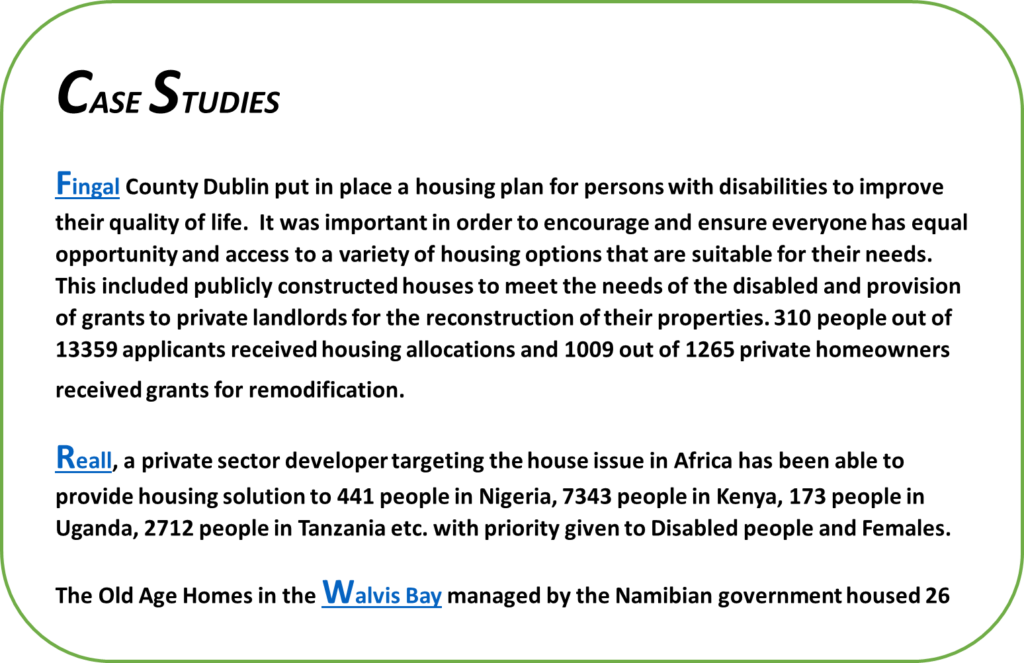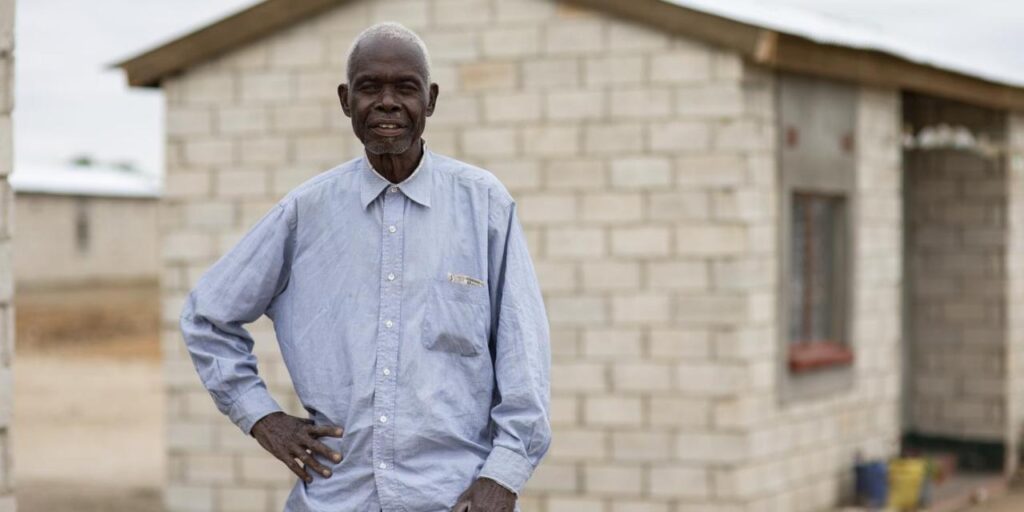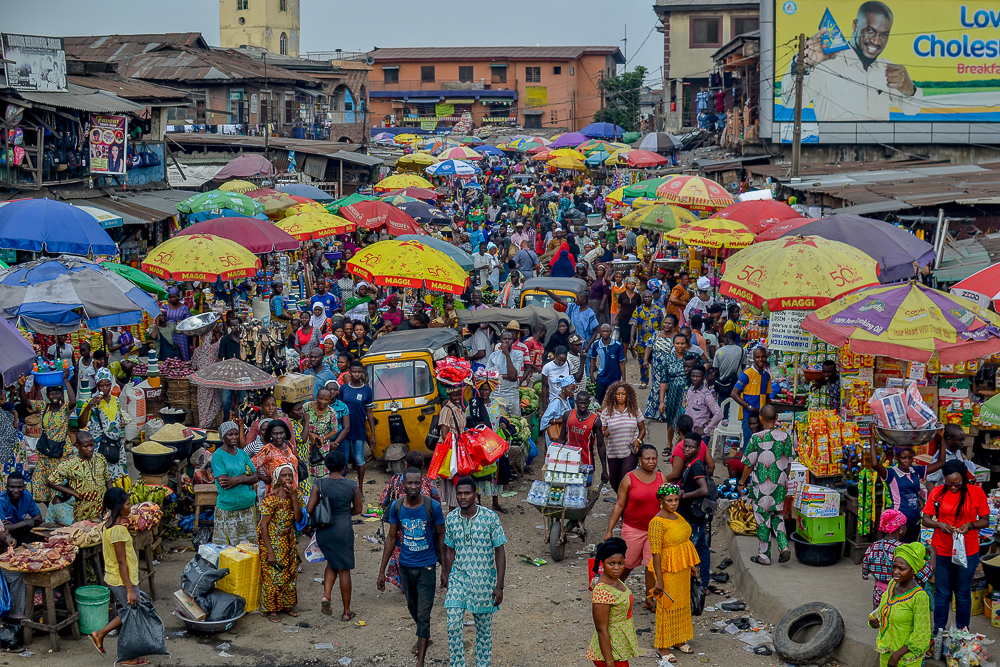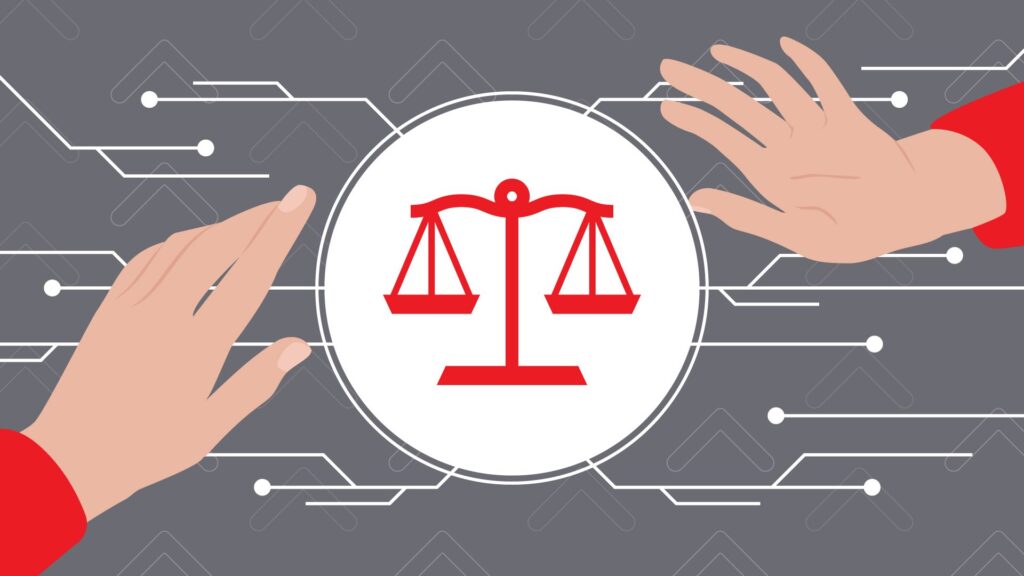Adapting Inclusive Housing in Nigeria: Strategic Planning for Disabilities and Aging in Residential Settings
Nigeria, a country with a population above 200 million, has more than 25 million people with at least a form of disability; more than 9 million are above 60 years and about 28 million are homeless. These demographics highlight the urgent need to focus on housing as a priority. It is estimated that there are 28 million people currently without adequate housing, thus, the chances of disabled and aged citizens having access to the average housing facilities, become slimmer.
Despite the legal provision of Inclusive housing in the Nigerian Constitution, this vulnerable group are rarely considered in government housing programs. For example, 77.59% of Enugu State’s already-built public buildings were not designed with special consideration to the disabled and aged.
LEGAL BASIS FOR INCLUSIVE HOUSING
According to the Nigerian Constitution of 1999, government must focus its policies on ensuring that all citizens have access to adequate housing, food, elderly care, pensions, unemployment insurance, medical benefits, and assistance for the disabled. Also, the Discrimination against Persons with Disabilities (Prohibition) Act 2019 mandates that all buildings and their environments be made accessible for persons with disabilities. In order to achieve SDG 11, building accessible houses is a way of assisting “aging in place” while offering people with disabilities more autonomy. Houses that are warm and inclusive by providing barrier-free entryways, assuring wheelchair-friendly layouts, and putting accessible amenities in bathrooms and kitchens should be designed and constructed. By recognizing housing as a fundamental human right and adopting targeted measures, Nigeria may encourage inclusive and long-lasting housing solutions for its population. A future investment that promotes independence and enhances the standard of life for people of all abilities involves preparing for inclusivity in house designs.
WHAT INCLUSIVE HOUSING DESIGN MEANS?
As a development and welfare priority, it is essential to ensure the accessibility of appropriate housing to those living with disabilities—as well as the aged —in order to promote inclusiveness in our society. A step in the right direction would be the establishment of sections or a network of government-enabled communities that bridge the housing gap for this vulnerable demographic. These houses should be able to help unburden their lives with amenities such as wide, stair-free entranceways, lever door handles, large and close parking lots, spacious elevators in high-rises, pull-out shelves and cabinets, etc.
For equality considerations, people with disabilities should be able to choose their place of residence as well as its location and who they live with. A secure environment, proximity to basic services like food and drug stores, and adequate support systems such as caregivers, medical and physical rehabilitation centers and social centers should all be included. The relevant housing and welfare authorities should partner with medical practitioners and Non- Governmental Organizations (NGOs) to ensure the smooth implementation of this initiative and maintain its quality.
Another necessary step to consider is the affordability of these houses that will cater for people in these vulnerable groups across all income brackets. There is a great need for awareness programs to educate the society on the importance of these inclusive establishments. This would aid in reducing discrimination against the aged and disabled people and will encourage more people to help sustain this implementation.

HOW TO MAKE INCLUSIVE HOUSING A REALITY
The availability of financing capital remains a limiting factor in the establishment of such socially focused ventures. In addition, as with anything that lacks governmental supervision, some of the few existing facilities are in deplorable states. There is a need for long-term intervention, not only in terms of housing, but also for the provision of care as needs grow and become more complex over time.
To address the housing needs for the elderly and disabled citizens across the nation, adequate or partial funding should be made available to private organizations and individual homeowners who want to construct inclusive homes or alter readily available ones to meet these housing requirements. Therefore, a Public Private Partnership is needed to drive this initiative. The government will serve as financiers, and regulators while the private bodies serve as implementers, to ensure that the initiative has a huge impact and that the vulnerable groups have access to these housing facilities without any nepotism.


 English
English
 Arab
Arab
 Deutsch
Deutsch
 Português
Português
 China
China





